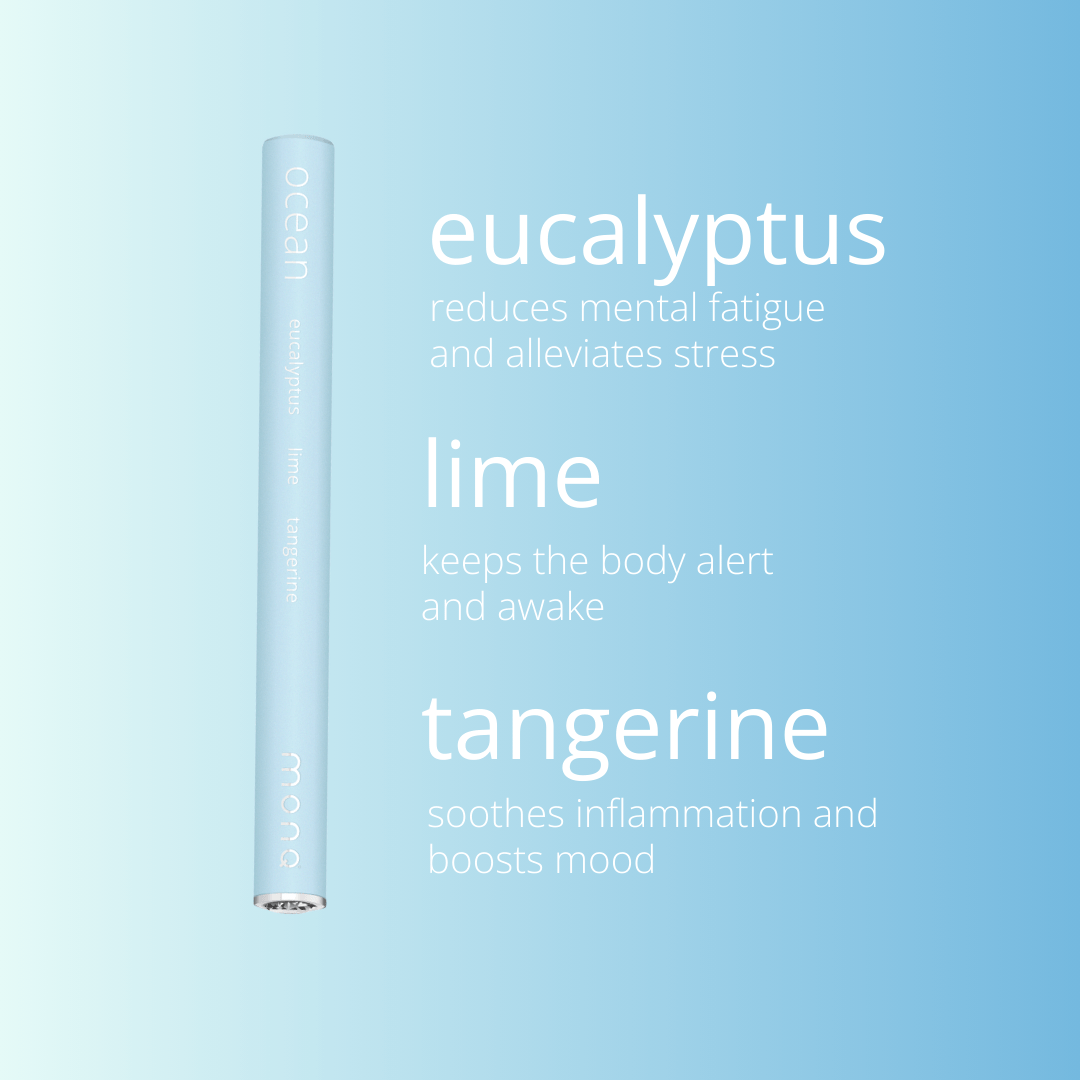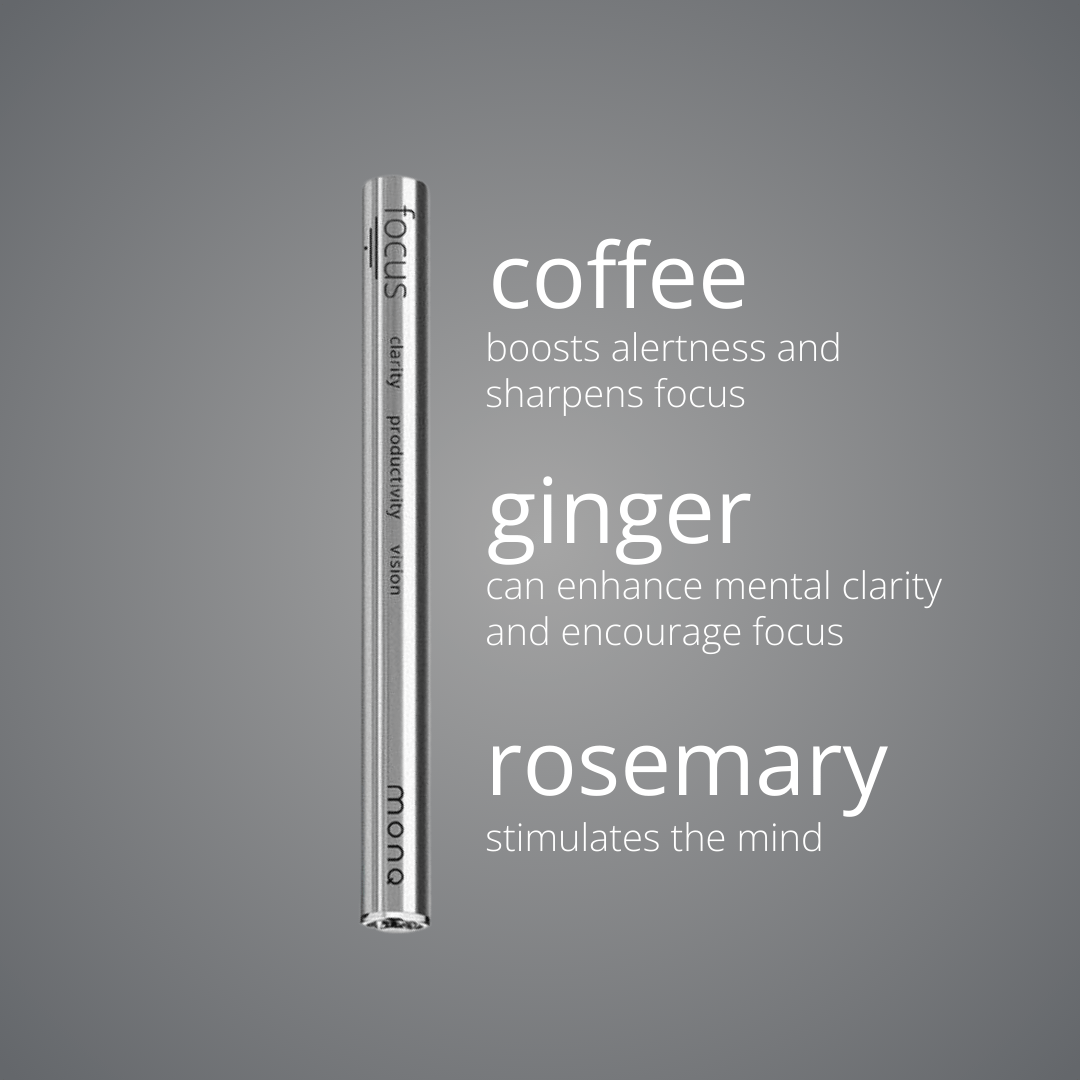Rethinking Plastics: A Modern Dilemma

Decades ago, the movie "The Graduate" famously encapsulated the prevailing sentiment toward plastics with just one word: "PLASTICS." Back then, this novel material seemed to hold boundless promise, with its remarkable strength and malleability offering endless possibilities.
Plastics swiftly became integrated into every facet of human life, regardless of social or economic status, promising convenience and innovation at every turn. However, this seemingly magical solution to many problems came with a significant caveat—one that few foresaw: the hidden cost borne by the environment.
Understanding Plastic Pollution:
Plastics, a cornerstone of modern innovation, have revolutionized global access to food, transportation, and countless other necessities. Yet, the exponential increase in plastic production has led to an alarming surge in waste generation. From disposable packaging to single-use products, plastics have become ubiquitous in modern lifestyles, resulting in vast quantities of discarded waste.
Contrary to popular belief, plastics are not disposable or biodegradable. Instead, they persist in the environment for centuries, posing a significant threat to ecosystems worldwide.
The Devastating Effects of Plastic Pollution:
Plastic pollution manifests in various forms, each with far-reaching consequences for the environment and all life forms inhabiting it.
- Mobilized Pollution:
Plastics, incapable of natural decomposition, break down into smaller particles known as microplastics. These particles travel vast distances through wind and water currents, contaminating landscapes and endangering wildlife.
- Disruption of the Food Chain:
Partially degraded plastics enter the food chain, accumulating in the bodies of marine animals and eventually reaching human consumers. This cycle perpetuates the spread of plastic pollution and poses health risks to ecosystems and individuals alike.
- Groundwater Contamination:
Leaching toxins from discarded plastics contaminate groundwater reserves and essential aquifers, threatening water supplies and exacerbating water scarcity issues in densely populated regions.
- Wildlife Mortality:
From entanglement in plastic debris to ingestion of microplastics, wildlife bears the brunt of plastic pollution. Images of animals ensnared in plastic waste underscore the urgent need for action to mitigate its devastating effects.
- Toxicity to Flora:
Plastics contain harmful chemicals that leach into surrounding soil and water, posing a threat to plant life and disrupting delicate ecosystems.
- Economic Toll:
The cost of cleaning up plastic waste is staggering, with governments spending millions annually on remediation efforts. Furthermore, plastic pollution can deter tourism and impact local economies, particularly in developing countries.
Charting a Sustainable Path Forward:
Despite mounting pressure from environmental advocates, plastic production continues unabated, fueled by the petrochemical industry's relentless expansion. While some propose improved recycling methods as a solution, the reality remains stark: only a fraction of plastics are currently recycled globally.
As industries explore sustainable alternatives and innovative solutions, the urgent need to curb plastic production and consumption looms large. With concerted efforts from governments, industries, and consumers, a future free from the scourge of plastic pollution is within reach.
The era of unchecked plastic production must come to an end. By prioritizing sustainability and embracing eco-friendly practices, we can safeguard our planet for future generations.









Leave a comment